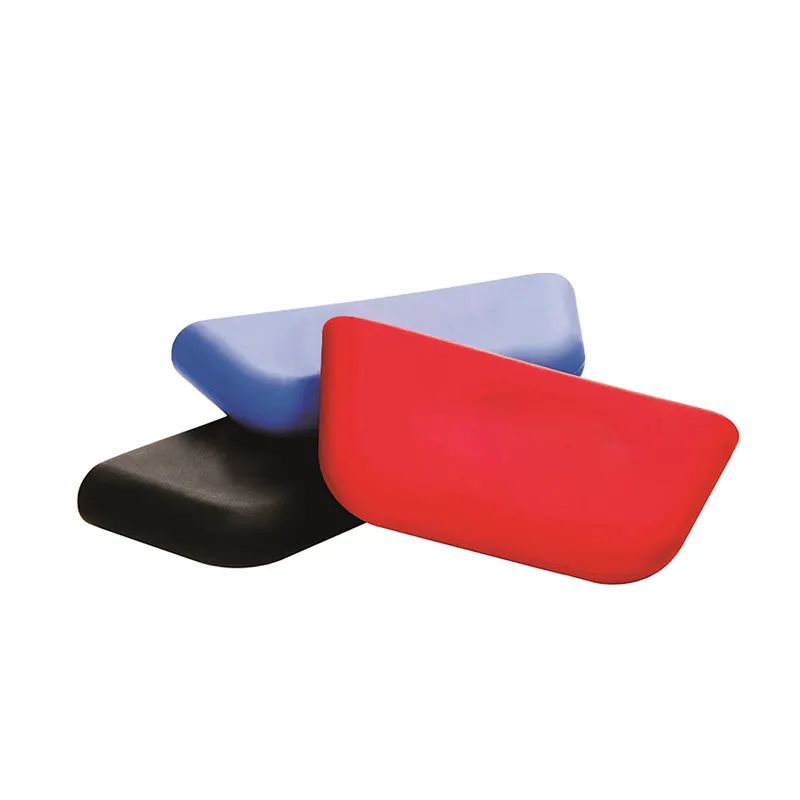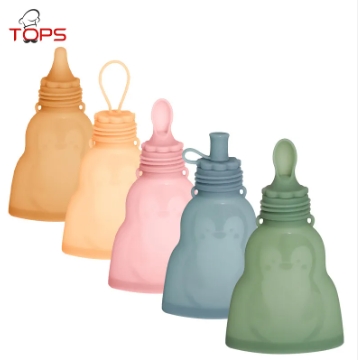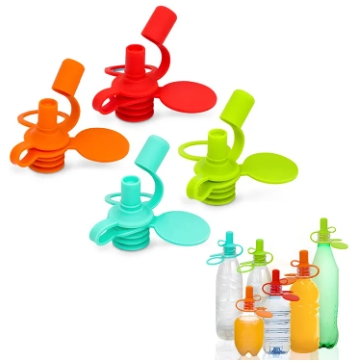Is the rubber turning point coming?
Date: 2024-08-15 Categories: FAQ Hits: 208
Core Viewpoints
First, the supply side, is the current situation a sustainable and tense one?
Second, will there be a turning point in the situation from a large discount to a direct premium?
Third, it is particularly obvious that under the circumstances of a strong US dollar, the overall Southeast Asian currency has experienced a large depreciation, especially the Thai baht. This is very obvious. What kind of impact will it have in the future?
First, from the supply side, let's look at the domestic production. The domestic production has been basically stable at around 800,000 to 850,000 tons since 2008. The harvesting period is 8 months a year, from April to November. The harvesting output is also a gradual increase. August, September and October are the second high-yield period, with October being the highest. From April to August 2016, the statistical data shows that the production reduction is about 8%. There are also some climatic factors, and the yield will have some impact. But in general, from September to October, especially in the Yunnan production area, the harvesting is relatively normal, and the price has been stable at 11.5 to 11.8 yuan. With such a price, the labor enthusiasm of rubber farmers and the production enthusiasm of factories have not been greatly suppressed. In Hainan, on the one hand, it is the climate, on the other hand, it is the yield. The growth of the entire Hainan Group and the entire industry The value will shift their direction. The overall reduction in production is mainly in Hainan, while Yunnan has not been affected. We also know that the entire Shanghai Stock Exchange's full latex target, this brand is mostly concentrated in Yunnan, and Hainan's overall share is declining. Therefore, judging from the supply side, Hainan is not in a very tense situation. Instead, there are some changes in the recent market. This change is in the context of a very optimistic overall market. Recently, some people are hoarding goods and are unwilling to sell them to the corresponding sales channels. In such a situation, it should be said that if they are 11.5 yuan or even 12 yuan, according to their processing costs, there is a profit margin, but they did not do so. In such a hoarding situation, there will be a relatively large risk if the pressure on the supply side is released in the future. This is a situation on the supply side in China.
This sudden situation on the supply side, the main trigger of the market is in China, so the most noticeable thing should be the rapid digestion of inventory. The digestion of this inventory is mainly reflected in the rapid digestion of inventory in an imported bonded area. We can see that such a large turning point should be a continuous turning point after reaching a peak in February and March this year. In fact, from the market trend of the past years, in July and August every year, especially in summer, the inventory is such a process, because this is a seasonal thing, there is not much to compare.
The key is that after entering September this year, it is actually a process of gradually entering the inventory. After the high production period in foreign countries, it should be in August and September to gradually enter the Chinese market. The arrival volume in September should be a gradual increase process, but this year it did not happen. That is, there was no such situation in September this year, which also triggered a fuse for spot forced warehouses. There are two factors for this fuse. One is in May this year, when the market rushed to more than 14,000 again, a sudden low opening plunge, which triggered a fluctuation in the atmosphere. It continued to fall by more than 200 US dollars in just a few days, and the RMB futures market fell rapidly by nearly 2,000 points, causing Chinese traders to sell a large number of August and September cargoes without goods on hand. In September, when the goods were to be delivered, another situation occurred. That is, the expected production abroad did not really transmit to the Chinese market as we originally expected, which led to a shortage of goods in the Chinese market. Until the National Day, this factor was still in the process of fermentation in the two days before and after the holiday.
However, the market after the National Day, in fact, before the holiday, most of the goods that should be delivered in September were basically delivered. In October, there was actually a certain amount of arrival. During the National Day, especially seeing a depreciation and a rapid rise in Japanese rubber, most of the factors still depended on an external market for funds, so the trading in the two or three days after the holiday continued to be a very hot market. The pattern of spot forced warehouses before the National Day continued.
However, these are all things that happened in the past. From the perspective of the future, we can see from the import data that this year's latex imports increased by 8% compared with last year's January-August. The consumption strength of the entire latex market in China is obvious. On the other hand, the import volume of cigarette sheets from January to August has just decreased by 8% compared with last year. Therefore, the import volume of cigarette sheets and the import volume of cigarette sheets in China have gradually decreased in demand for this aspect. On the other hand, the futures market has not opened such a window period for cigarette sheets, which is also a key factor in its import decline.
On the other hand, from the import volume of standard rubber and mixed rubber, the import volume of standard rubber is 1.1076 million tons, and the import volume of mixed rubber is 1.162 million tons, which adds up to 2.27 million tons. In terms of this number, the import volume of natural rubber (14005, -245.00, -1.72%) and the standard rubber market this year has not experienced a large fluctuation. The volume forecast for October and November is also relatively concentrated. Therefore, we do not see that the supply side of the overall market will continue to be tight in the future. Therefore, from the first point of view, we think that there will be no continuous tension on the supply side, and there should be no factors for further speculation on the supply side.
Then from the perspective of synthetic rubber, from the rise of crude oil and the sharp decline of foreign butadiene inventory and the shortage of goods after the overhaul of a device, in the short term, the market of butadiene and butadiene may still maintain a relatively high posture. So we can look at the historical trend. In fact, the surge and plunge of butadiene should be a normal state, so we are also worried about when it will change from a surge to a plunge.
The second point is that we can see the most bullish butadiene rubber. Generally speaking, there will be a wave of market conditions at the beginning of the year. It is usually in a relatively stable state. Moreover, butadiene rubber and natural rubber in RMB generally maintain a discount of 2,000-3,000 yuan. Especially in the past half month, it has been rapidly pulled up, from 11,000 to 18,000. Such a sales price has directly increased by nearly 8,000 yuan. Compared with natural rubber, it has directly changed from a discount of 5,000 yuan to a premium of 3,000-4,000 yuan, which is equivalent to lifting the bottom of natural rubber.
However, there is one thing that needs to be vigilant. For the ceiling of synthetic rubber and the floor of natural rubber, there must be a price difference between them. However, normally, it should be a process that natural rubber is on the top and synthetic rubber is on the bottom. Therefore, we are also vigilant about the price difference between the two. If a turning point of synthetic rubber appears during the process, it will actually have a very big impact on natural rubber. And we have to consider that in the current situation of soaring synthetic rubber, the tire factory has not adjusted such a ratio, or when rubber is more expensive, at a discount, everyone is discussing the probability of synthetic rubber replacing natural rubber. Now, on the contrary, the probability of natural rubber replacing synthetic rubber is relatively small. At present, for synthetic ceilings and natural rubber floors, unless such a continuous existence exists, otherwise, the probability of the factory adjusting the formula is relatively small.
The third point is the exchange rate factor. On the one hand, the depreciation of the RMB can be directly transmitted to us, which means that our RMB pricing will have a strong pattern. On the other hand, we can see that the depreciation of the Thai baht is much greater than that of the RMB, especially in the past one or two days. The depreciation of the Thai baht is very large, which means that some things happened in Thailand itself, which led to such an increase in the magnitude. We also know that for upstream factories, raw materials are calculated in Thai baht, and they are sold in US dollars. In this way, their entire sales are cheaper than the previous price. Especially today, in the morning, everyone still couldn't find the goods and chased the increase, and in the afternoon, foreign factories had already started a process of selling, and there was a situation of ice and fire. So the whole market gives people a feeling of uneasiness, especially in the process of the continuous increase in raw material prices in the past two days, the Thai baht is actually depreciating.
It can also be said that in the process of rising raw material prices, in fact, the supply of the entire raw materials has not caused too much problem. As long as the price is raised, the entire raw materials will continue to be supplied. Another point is the floods or heavy rains in Bangkok, Thailand in the early stage, but it did not actually affect Thailand’s main production areas. The production in the southern or coastal areas has not been affected by the entire climate. Except for the premium sales of latex, which has a relatively large impact on the entire cup rubber or sheet rubber, it does not have much impact on the overall supply.

 Silicone Assist Hot Handle Hol...
Silicone Assist Hot Handle Hol...  Custom aramid fabrics oven glo...
Custom aramid fabrics oven glo...  Long Waterproof Non-Slip Silic...
Long Waterproof Non-Slip Silic...  Barbecue1800 F heat-resistant ...
Barbecue1800 F heat-resistant ...  Hot Selling Eco-friendly Non-s...
Hot Selling Eco-friendly Non-s...  Kitchen Strainer And Colanders
Kitchen Strainer And Colanders  Metal Colander
Metal Colander  Metal Colander with Wooden Han...
Metal Colander with Wooden Han...  Set Of Three With Bamboo Handl...
Set Of Three With Bamboo Handl...  Silicone Kitchenware Set
Silicone Kitchenware Set  BPA Free Collapsible Water Buc...
BPA Free Collapsible Water Buc...  6 Pack Silicone Popsicle Molds...
6 Pack Silicone Popsicle Molds...  BPA free Homemade Popsicle Ice...
BPA free Homemade Popsicle Ice...  Cylinder Silicone Ice Lattice ...
Cylinder Silicone Ice Lattice ...  Round Ice Cube Maker Mold Ice ...
Round Ice Cube Maker Mold Ice ...  BPA Free 33 Cavities Plastic M...
BPA Free 33 Cavities Plastic M...  New Preservation Silicone Brea...
New Preservation Silicone Brea...  New Preservation Silicone Brea...
New Preservation Silicone Brea...  Baby Water Bottle Cap Silicone...
Baby Water Bottle Cap Silicone...